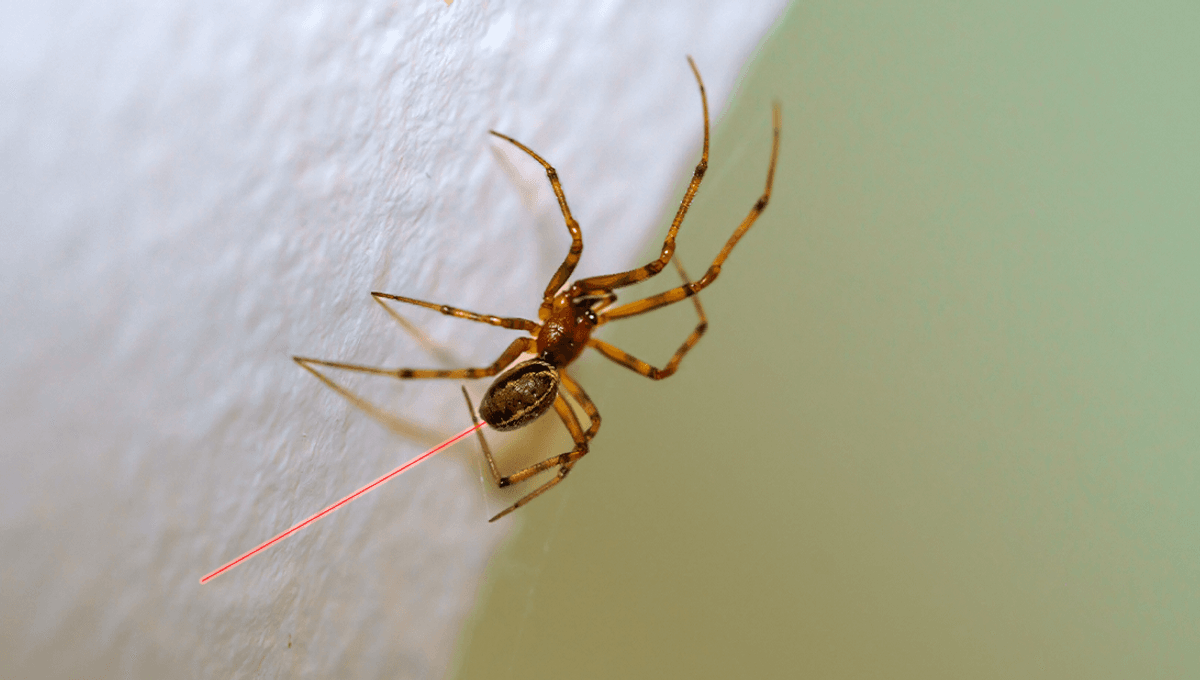
The common house spider – you may look at it and think “Oh, what a beauty, my lovely house companion!” Or if you are not like me and you have arachnophobia, you may run away screaming. For one group of scientists, they looked at this spider and thought of innovation and the future – and to create the first-ever CRISPR-Cas9 modified spider.
CRISPR-Cas9 is a remarkable gene-editing tool that has revolutionized biology, and the inventors behind it won the Nobel Prize. This gene editing can help snip out precise pieces of genomes and insert other genes of interest. Currently, it is being used as a tool to help cure different diseases and find out more about biological processes. It is not the first time it has been used for a creepy crawly. In the past, scientists have successfully created red-eyed wasps and malaria-resistant mosquitoes. Now it is the spider’s turn.
One of the reasons why this has never happened before is that spiders themselves are difficult organisms to work with within the laboratory. They are a diverse group, have a complex genome structure, and their cannibalistic nature means that they have to be reared individually, otherwise their cage neighbors would be gobbled up. Despite this, new developments in Parasteatoda tepidariorum have allowed this species to become a research model.
The research team looked into spider silk as the target. Spider silk is an incredibly strong and scientifically interesting substance, as it is five times stronger than a steel cable of the same weight, tear-resistant, while also being biodegradable, lightweight, and elastic.
To genetically modify this arachnophobe’s nightmare, the scientists developed an injection solution. This had a gene-editing system that also included a red fluorescent protein gene sequence. This solution was then injected into oocytes inside unfertilized female spiders, when these spiders mated with males, it resulted in the genetically modified offspring.
Fluorescent gene inserts like the red fluorescent protein are often inserted into the experimental organism, as it is an easy indication of whether it worked or not. If the silk glows under a certain light, then this was a success.
“We have demonstrated, for the first time worldwide, that CRISPR-Cas9 can be used to incorporate a desired sequence into spider silk proteins, thereby enabling the functionalisation of these silk fibres,” Professor Dr. Thomas Scheibel, Chair of Biomaterials at the University of Bayreuth and senior author of the study, said in a statement.
“The ability to apply CRISPR gene-editing to spider silk is very promising for materials science research – for example, it could be used to further increase the already high tensile strength of spider silk.” Said Scheibal.
So, while most of us are busy trying to escort spiders gently out of the bathtub, scientists are successfully busy giving them a glow-up…literally.
The study is published in Angewandte Chemie.
Source Link: World’s First CRISPR-Edited Spider Produces Glowing Red Silk From Its Spinneret